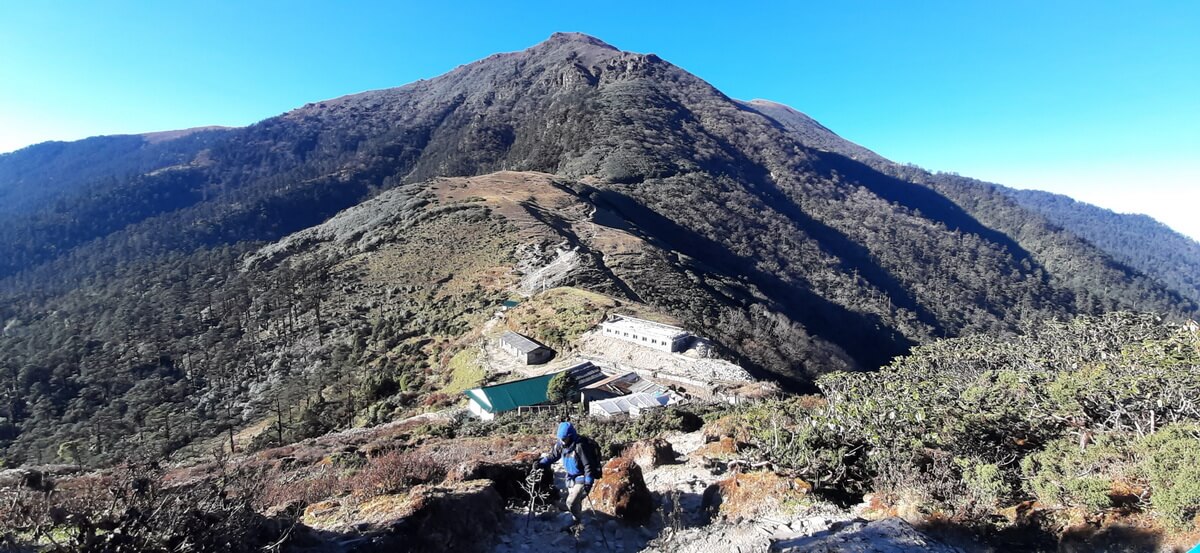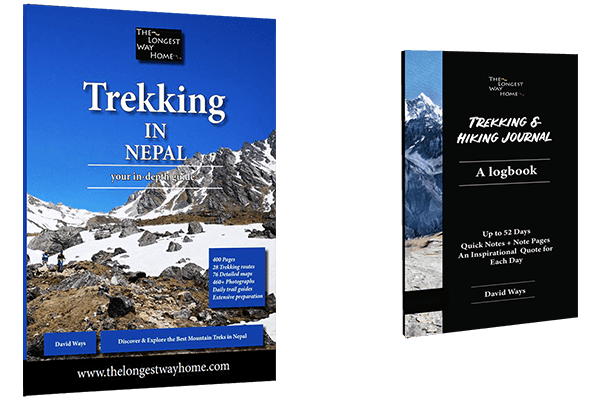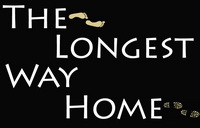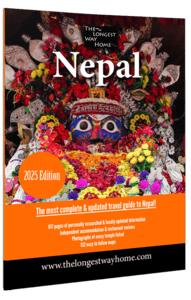

Jase Bhanjyang to Junbesi is old school trekking
On day two of the Pikey Peak trek I mentioned how the Pikey Peak trek is the new Jiri to Everest Base Camp trail. A legendary trail that saw Mount Everest be conquered. It’s also where trekkers today start from to avoid any flights on their trek to Everest. That old route bypassed Pikey Peak. It went from Bhandar eastwards to Sete to Junbesi. We went Bhandar then south to Namkheli.
While adding a day, the Pikey Peak route we took gives trekkers the great opportunity to see two mountain ranges in Nepal while continuing the famous route. For what amounts to a full 17 day+ trek, that one extra day is a great return on investment compared to the old route.
All of this will become more popular as roads continue to drive forward and spoil what trekkers want. The route we took will hopefully remain more pristine and give trekkers the best route. For those with no time or no interest in trekking the road networks in Dhap and Junbesi will provide the package commercial trekkers with quick ins and outs. Let’s see how all this develops in the coming years. In all cases, let’s hope they don’t put a “viewing tower” on one of the Pikey Peaks.

The route descends but the mountains remain
Forests thicken as you descend, adding to the enjoyment of this region. There are also more view points to enjoy the surrounding mountains. And again I will mention this being another reason why this route is well worth it over the Dhap route.
It’s the thick forest that impresses me as much as the scenic mountains behind them. Somehow despite farm expansion and firewood fuel they remain steadfast. Tree planting in the region is working as I can find saplings around many of the trails. This is where I’ll mention that for every paperback guidebook I sell, there’s a donation to planting trees. Yes, it’s a shameless plug but then again these are the only guidebooks that provide you with up-to-date information, are fully independent, impartial, and plant trees. I’m sure, just like my reviews and places, some other books will add tree planting soon enough! There, who says I can’t give them credit! Ouch.

Historic Junbesi
Junbesi village dates back to the 15th century when it was founded by Sherpas. It was set up and thrived as an agricultural town. This continued on until the 1950s when expeditions to Everest took off. Trekking lodges opened. And soon there were 12 teahouses in the village as agriculture took a back seat.
Then in 1965 Hillary and Tenzing opened up Lukla airport. Those mountaineers and trekkers coming through this village? Well they slowed to a crawl and Junbesi stagnated for a while. However, the agricultural background helped, and the village continued on without the influx of tourists and trekkers.

Today it’s obvious. Old trekking signs are dotted everywhere along Junbesi. Signs point north to Lukla and south to Phaplu. and the airport or the hub of Salleri. It’s here we must decide, trek on to Everest Base Camp? Go due south for a flight to Kathmandu or an hour further and hunt for a jeep heading to Kathmandu. Choices, Choices.
Pikey Peak 9-day trek
- Day One Trekking Pikey Peak: – Permits, Planning & Kathmandu to Shivalaya
- Day Two Trekking Pikey Peak: – Shivalaya to Bhandar
- Day Three Trekking Pikey Peak: – Bhandar to Namkheli
- Day Four Trekking Pikey Peak: – Namkheli to Nagaor Gumba
- Day Five Trekking Pikey Peak: – Nagaor Gumba to Pikey Peak Base Camp
- Day Six Trekking Pikey Peak: – Pikey Peak Summit to Jase Bhanjyang
- Day Seven Trekking Pikey Peak: – Jase Bhanjyang to Junbesi
- Day Eight Trekking Pikey Peak: – Junbesi to Phalpu
- Day Nine Trekking Pikey Peak: – return to Kathmandu
Unlock the ultimate trekking adventure with my Guidebooks to Nepal!
Elevate your trekking experience with the most comprehensive guidebook dedicated to Trekking in Nepal. Discover 29 full treks (including this one) spanning over 400 pages, providing unparalleled insights. What sets it apart? It’s the only guidebook globally featuring trekking links, guiding you on seamlessly connecting treks Whether you prefer an instant download or the paperback edition shipped worldwide, this guidebook is your passport to unmatched exploration.
Ready to embark on a journey beyond the ordinary?

Get the Digital Trekking in Nepal guidebook!
Grab the Paperback Trekking in Nepal Guidebook!
Explore the Paperback Trekking & Hiking Journal!
If you’re seeking a holistic guide covering the entire country or focusing on the most popular treks, dive into my full Nepal Guidebook. It stands as the world’s sole guidebook incorporating entry prices for every attraction, comprehensive maps, and, of course, the finest information.
Discover why this book surpasses all others: Find out more here!


It’s amazing to see how the Pikey Peak route offers a blend of history and stunning views. Do you think this trek will become as crowded as the Everest Base Camp route in the future?
No, I don’t believe it will become like EBC. More popular than Poon Hill … maybe. One of the reasons EBC is so popular is just because of the name. There are better treks with better views of Everest!
David, the preservation efforts with tree planting sound fantastic!
Thank you. It’s always been there with my paperback books. Much harder to be geo specific with it rather than just “donating” to a generic tree planting organisation. But, I hope from small things big things will grow and I’ll be able to document it here too!
Do you recommend spending extra time in Junbesi to explore?
Check out day eight for that answer!
What other sustainable practices do you recommend for trekkers in Nepal?
Great question. It’s something I’ve looked at since my very first trek. Bombard social media, your embassy, and Nepal Tourism Ministry (not Nepal Tourism Board) with photos of litter, garbage, and any burning of fields etc that are encounters when trekking. One of the main causes is a lack of accountability, consequences, or to a point – education. I’ve seen many trekkers carry rubbish back from a trek and then dump it at their hotel (I did it myself), the problem is that the main cities don’t have proper recycling facilities nor motivation to have them. Most things are burned. So bringing back rubbish only to have it be burned elsewhere makes little difference.
Eat local food when trekking is big help. Most of it is grown locally and not stored in plastic wrappers or containers. Things like noodles or chocolates are all wrapped up and the wrappers will likely be burned in a pit. Likewise toilet paper – use water. Sounds like a small thing, but until you’ve seen a pit full of toilet paper set on fire it’s a real help.
I know people make a big thing out of plastic water bottles. But there is now a facility in Kathmandu for recycling them. That vs uncleaned water filters …. therein lies the problem. Certainly carrying water purification systems will help lower the quantity plastic. Soft drinks etc can easily be eliminated. These small things can collectively make a huge difference.